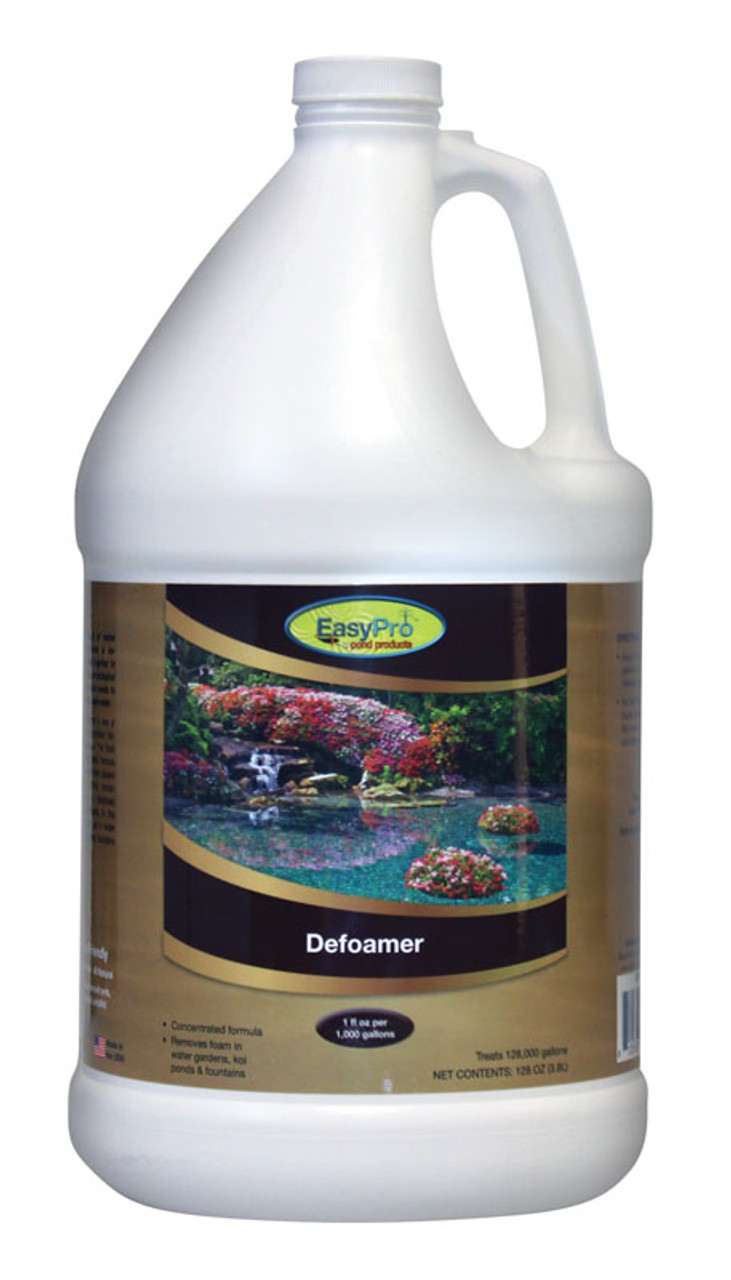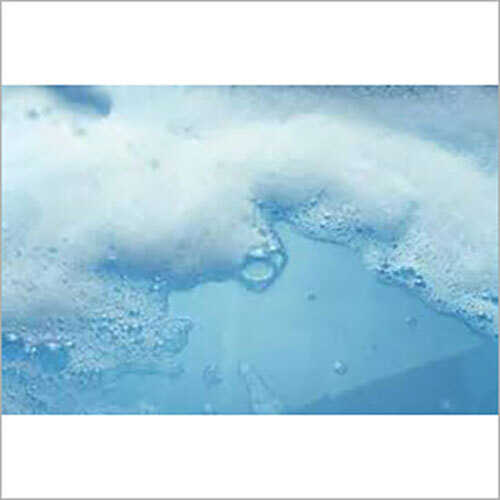The Duty of Defoamers in Enhancing Item High Quality and Efficiency
In various manufacturing processes, the existence of foam can dramatically prevent product high quality and functional effectiveness. Defoamers serve as vital additives that alleviate this problem, making sure smoother manufacturing operations while enhancing the visual and useful qualities of the final items (defoamers). Their application extends a wide variety of sectors, from food and beverage to pharmaceuticals, where uniformity and reliability are extremely important. However, the choice of the proper defoamer can be critical to attaining ideal results, raising essential inquiries concerning formulation compatibility and performance metrics that warrant additional expedition.
Recognizing Defoamers
Understanding the function of defoamers is essential for preserving product quality across different industries. Defoamers are chemical ingredients developed to minimize and avoid the formation of foam in liquid systems, which can detrimentally influence processes such as mixing, filling, and surface stress. Frothing can cause ineffectiveness, product problems, and jeopardized visual charm, making defoamers a crucial component in making operations.
In industrial applications, defoamers assist to enhance product uniformity and stability. For instance, in the paint and layers market, foam can disrupt the application procedure and the final finish. Similarly, in food and beverage production, extreme foam can impede bottling and product packaging efficiency (defoamers). The efficient use defoamers not only makes sure smoother production procedures however also contributes to superior product efficiency.
In addition, the choice and formulation of a defoamer need to align with details application requirements, such as compatibility with other ingredients, performance under differing temperature and pH problems, and prospective governing restraints. Ultimately, recognizing defoamers' functions and their significance in various formulations is vital for optimizing manufacturing and ensuring the best quality end products.
Types of Defoamers
Defoamers can be categorized into numerous types based upon their structure and system of activity. The key types include silicone-based, non-silicone organic, and not natural defoamers.
Silicone-based defoamers are amongst one of the most reliable, mostly as a result of their ability to spread out promptly on the liquid surface area and interrupt foam formation. Their distinct chemical structure permits exceptional security, making them appropriate for high-temperature applications and environments with varying pH levels.
Non-silicone natural defoamers, often made up of fatty acids or natural oils, are valued for their biodegradability and lower poisoning. These are usually utilized in food and beverage applications where safety and environmental effect are paramount.
Inorganic defoamers, which include materials like talc or calcium carbonate, act by increasing the density of the liquid, consequently reducing foam stability. They are frequently utilized in industrial processes where compatibility with other products is not a concern.
Each type of defoamer has distinct advantages and restrictions, enabling tailored services relying on the particular frothing problems experienced in various applications. Comprehending these distinctions is crucial for optimizing performance and attaining wanted product quality.
Applications Across Industries
Numerous markets leverage defoamers to improve item quality and operational performance. In the food and beverage field, defoamers are important in procedures such as developing and milk manufacturing to prevent foam formation, which find out here now can cause inefficiencies and item incongruity. By controlling foam, makers can make certain better return and a much more uniform item.
In the pharmaceutical market, defoamers play a vital function in the formulation of liquid drugs, where too much foam can hamper blending and accurate dosing. Their usage assists maintain the stability of the formulations and facilitates smoother production processes.
The paint and layers industry also depends on defoamers to enhance the efficiency of items during application. By reducing foam, these additives guarantee a smoother surface and enhance the aesthetic high qualities of the end product.

Benefits of Utilizing Defoamers
While the application of defoamers differs across sectors, their advantages regularly boost item top quality and process performance. One substantial advantage is the reduction of foam formation during making processes, which can or else lead to production delays and disparities in item quality. By minimizing foam, defoamers allow a smoother flow of products, promoting extra reliable operations and minimizing the probability of devices breakdowns.
In addition, making use of defoamers can boost the appearance and structure of last items. In sectors such as coatings, paints, and food processing, excessive foam can compromise the visual aesthetic appeals and total top quality, while the suitable defoamer application guarantees a consistent finish and desirable characteristics. Defoamers can add to cost savings by reducing waste throughout manufacturing and enhancing the usage of raw products.

Selecting the Right Defoamer
Selecting the best defoamer is essential for optimizing manufacturing procedures and ensuring product top quality. The choice of defoamer affects not only the efficiency of foam control but also the general performance features of the end product. Elements to take into consideration consist of the kind of application, the chemistry of the formulation, and the ecological problems under which the product will be used.
Different markets might require specific defoamer kinds, such as silicone-based, organic, or polymeric defoamers. Understanding the compatibility of the defoamer with the main ingredients is important to description avoid unfavorable responses that could compromise item integrity. In addition, the defoamer's effectiveness in various temperature levels and pH levels must be assessed to ensure consistent performance.
Checking the defoamer in small applications can provide important understandings into its efficiency and viability. Factor to consider of regulatory conformity, specifically in food, drugs, and cosmetics, is extremely important in choosing a defoamer. Eventually, a detailed evaluation of these factors will lead to the option of a defoamer that not only manages foam efficiently however likewise boosts the quality and efficiency of the last item.
Verdict

In conclusion, defoamers are essential ingredients that dramatically enhance item quality and performance across different sectors. The critical choice and application of defoamers lead to set you back financial savings, enhanced resource usage, and boosted client contentment.
Lathering can lead to ineffectiveness, item issues, and compromised aesthetic charm, making defoamers an important part in making procedures.
